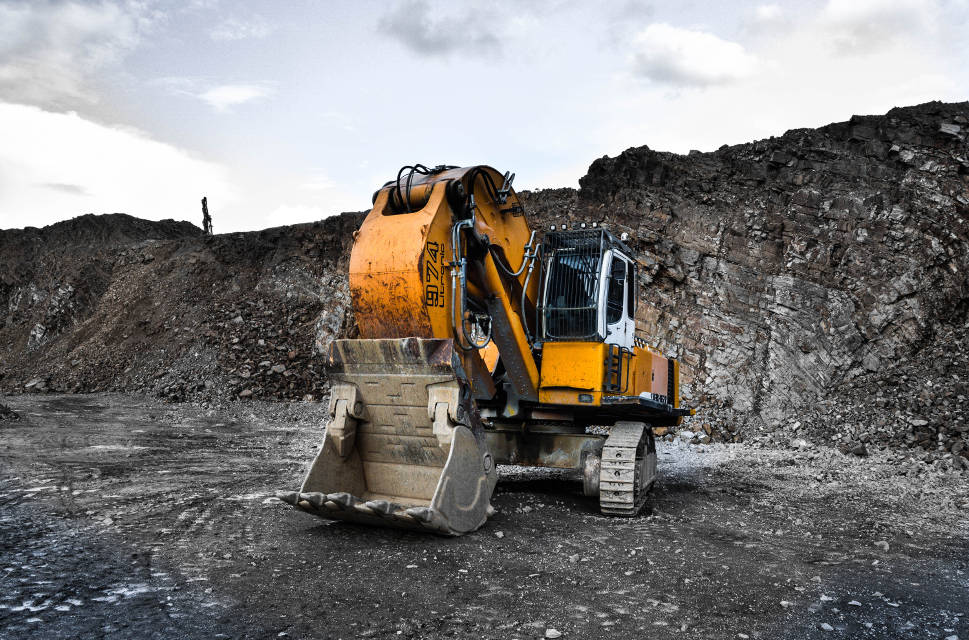Blue Collar Jobs in the Rust Belt have Fallen By 0.15 percent since January
The total number of blue collar jobs in the Rust Belt rose 0.21 percent in October (an increase of 12,100 jobs) and were 28 percent of the nation’s total private blue collar jobs. Over the past year, employment in rust belt blue collar jobs has grown by 0.72 percent. However, the region has seen the number of these jobs fall by 0.15 percent since January 2017. This fall was led by New York at -1.87 percent (11,400 jobs), Pennsylvania at -0.33 percent (3,200 jobs) and Ohio at -0.26 percent or 500 jobs.
At the state level, West Virginia saw the largest blue collar job growth for the month at 1.33 percent or 1,300 jobs. However, West Virginia has the smallest work force of the rust belt states and has just 0.49 percent of blue collar jobs in the nation. Following West Virginia was Iowa with an increase of 0.92 percent and New York at 0.49 percent. Only two states saw negative blue collar job growth last month. Indiana saw jobs in these industries fall by 0.42 percent and Pennsylvania experienced a decrease of 0.06 percent.
Construction jobs in the rust belt increased slightly (0.1 percent) in October. West Virginia again saw the largest percentage increase (3.27 percent or 1,000 jobs) followed by New York at 1.54 percent and Iowa at 0.67 percent. Indiana lost 2,400 construction jobs for a 2.40 decrease in construction jobs. Wisconsin construction jobs decreased by 0.79 percent, and Illinois and Ohio each saw a 0.52 percent falloff.
In manufacturing, Iowa gained 2,200 jobs in October for a 1.02 percent increase. This was followed by Wisconsin at 0.71 percent and West Virginia at 0.66 percent. New York continued to shed manufacturing jobs with employment decreasing by 0.39 percent or 1,700 jobs. This falloff may be coming to an end as the rate of job loss was -0.06 percent from August through October compared to -0.6 the previous three months. Since last October, the state has seen the number of jobs in manufacturing decrease by almost four percent, or 17,200 jobs.
Mining and logging employment in the rust belt fell 0.44 percent in October. This was a slightly larger decrease than at the national level (-0.16 percent). ) There was no change in five of the nine rust belt states. Ohio, Pennsylvania, and Michigan saw decreases of 0.89, 1.26 and 1.35 percent respectively. Wisconsin employment grew modestly with an increase of 100 jobs. Excluding logging, mining did increase somewhat nationally (900 jobs), though this was mostly driven by an uptick in support jobs for mining (up 19.44 percent, year-over-year) and support activities for oil and gas extraction (up 18.85 percent).
In the only three states in the country with Bureau of Labor Statistics employment data on coal mining available, job growth was flat (Pennsylvania, 4,800; Wyoming, 5,400) or fell slightly (Kentucky, 100 jobs). Employment in the combined category was up by 1,900 in West Virginia compared to the year ago level, but that is still 2,800 below the October 2015 level. Putting these figures into context, the total number of jobs in mining and logging account for 0.58 percent of total private employment in the country.
Illinois Indiana Industrial Belt Iowa Logging Manufacturing Mining New York Ohio Pennsylvania West Virginia Wisconsin

